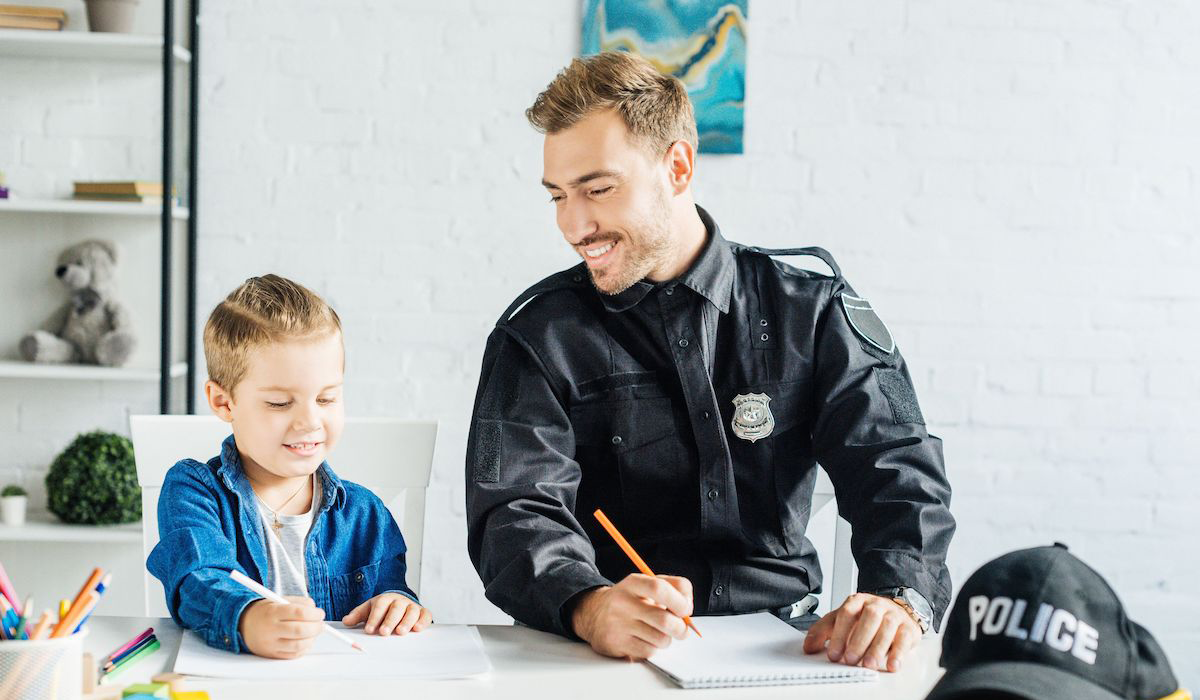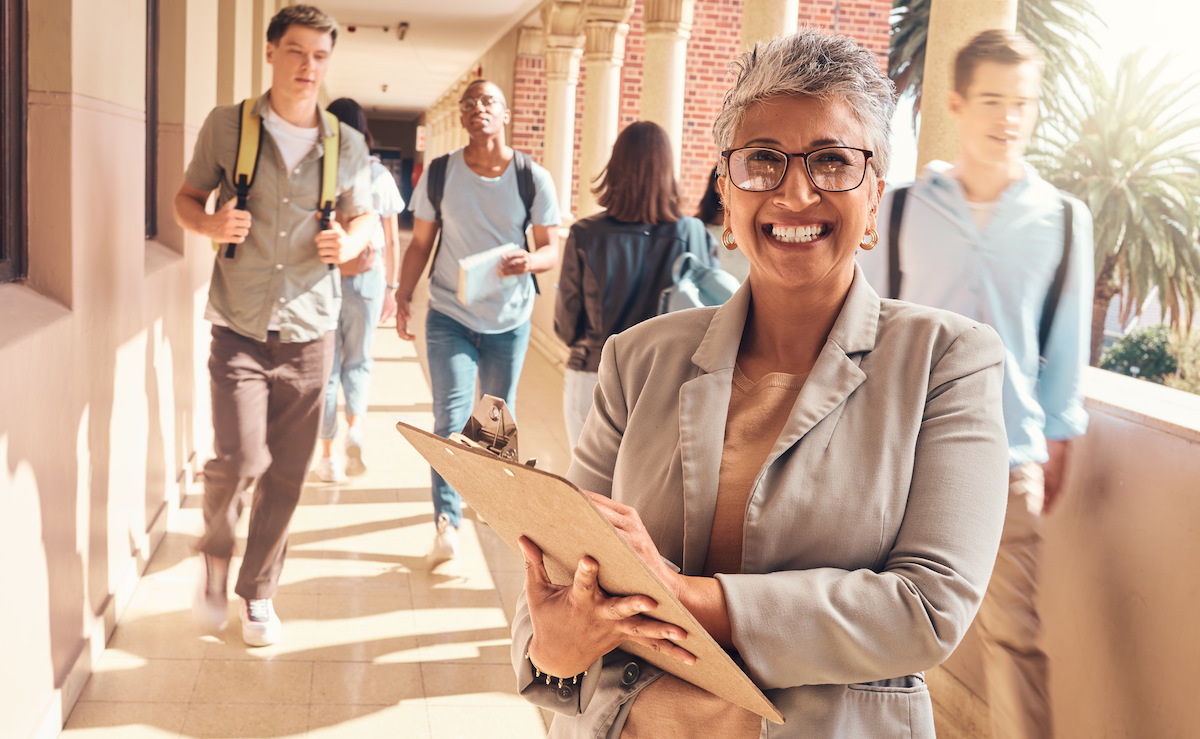Here are 4 ways your school can effectively partner with first responders in an effort to maximize safety:
- Involve them in the creation of safety protocols.
The best school safety practices are created when all stakeholders give valuable input. The Standard Response Protocol of The “I Love U Guys” Foundation is ever-evolving, created with extensive collaboration between experts such as first responders, public safety, school, districts, and communities. First responders use their experience and real-world data to drive the tactics. When you work closely with them, your school plans are more effective. Also, you will all be on the same page and know what is expected of you and why it was decided in the first place.
- Ask them questions.
First responders are an excellent resource for school safety plans. They are there to help you and can discuss hypothetical situations with you based on their real-world experience. SROs and other law enforcement officers use the Averted School Violence (ASV) reporting system that enables them to share their stories and lessons learned, in order to improve school safety and help prevent future tragedies. They can find potential gaps in your plans so you can decide if you need to adjust them. They may suggest updating your safety equipment or conducting your drills in a different way. The more flexible you are with first responders when creating and reviewing your school safety plans, the better your results will be.
- Use shared technology for collaboration.
A digital incident management platform is the easiest and most powerful way for your school to seamlessly communicate with first responders. By giving first responders access to digital maps, notifications, and more, you can ensure that you are constantly collaborating and working together. When an emergency occurs, everyone will already be used to the shared technology. CrisisGo’s Safety iResponse, for example, has features such as rapid notification, real-time safety status, situational reporting, role-based safety plans, staff and student safety validation, and escalation to first responders. Having these options at the touch of a button can save precious time during any crisis.
- Involve them in drills.
Schools should prepare for emergencies by going through the motions of a carefully constructed plan. Drills for fires, active shooters, lockdowns, and sheltering in are essential for people to fully understand what is expected of them in a real emergency. The more a plan is practiced and stakeholders are trained on the plan, the more effectively they will be able to act before, during, and after an emergency to lessen the impact on life and property. Many schools, however, do not practice the drills with their local first responders. When it comes time for a real emergency, this can lead to confusion.
Wilmington Community Unit School District 209-U is working closely with its police and fire departments. They invite them to come in and take part in all of their drills. For a lockdown drill, the police walk around the building checking doors with the principal, which is an important exercise for everybody. They also have two patrol cars sitting in their parking lots at all times and meet with their safety committee once a month, which includes the police and fire departments.
You can read more about the unique ways that Wilmington is improving school safety with CrisisGo in our latest success story: When creating or updating your school safety plans, remember to involve first responders. Their expertise, combined with your own, will help you to make the best decisions for your school. Continue to partner with them throughout the year, during drills and other events, to build strong relationships and to keep your school as safe as possible. 











No Comments Yet
Let us know what you think